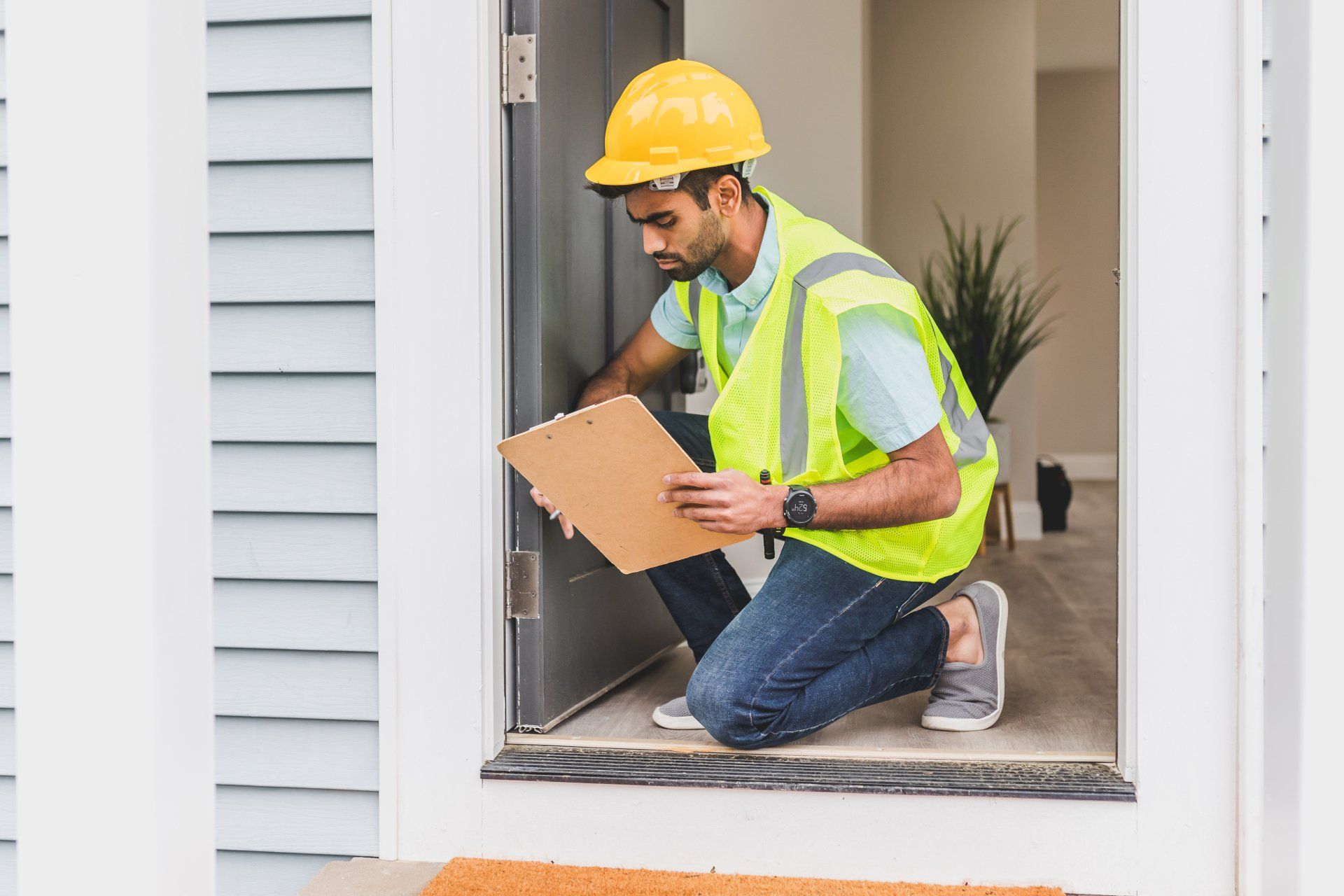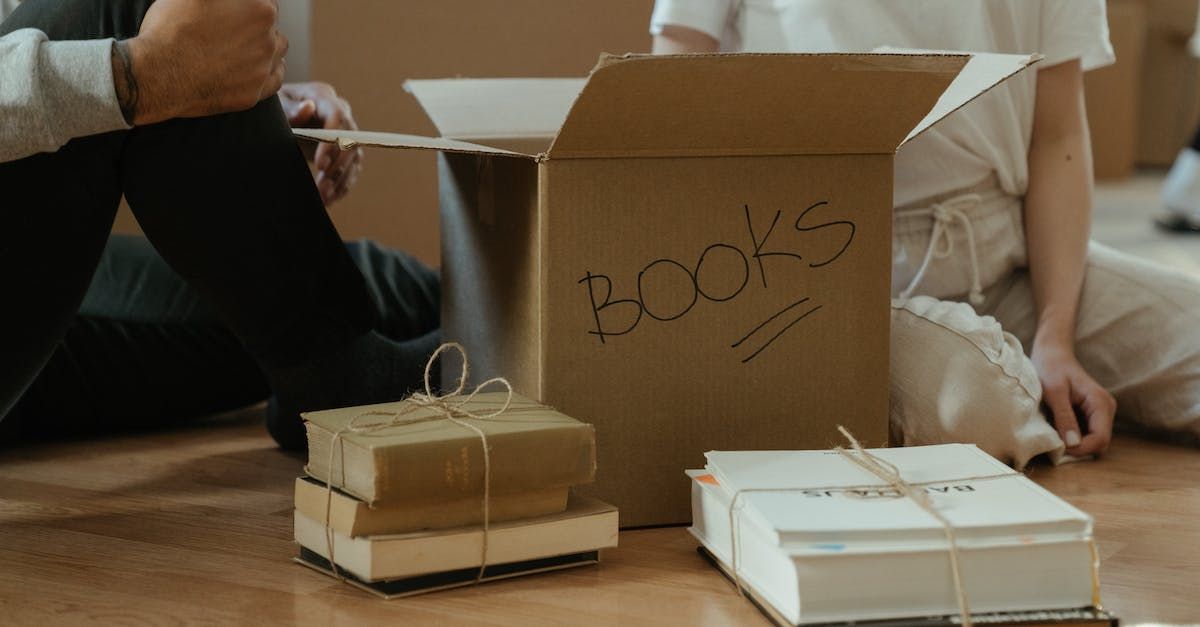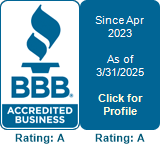Tips for a Smooth Move-In Day in Your New Rental Home
Essential Steps for a Stress-Free Transition to Your New Space

Let me tell you, I’ve seen it all on moving day. The frantic searches for phone chargers. You pack everything into boxes, and then you can't find the charger for your phone. And you know you're going to need your phone on moving day for taking pictures, documenting the condition of the property, and communicating with the movers. Remember to pack a dedicated box of essentials, including phone chargers, for the move. That way you won't be caught out. Here’s how you can avoid those headaches and have a stress-free move-in day.

Things to Remember on Move-In Day
Pack an Essentials Box
You’ll want to have things that you need every day on hand, like snacks and toiletries. That way, you don’t have to go searching through multiple boxes. If you don’t pack your phone charger, for example, you might be looking through a dozen boxes before you’re able to find it.
You can avoid all that hassle if you just pack your essentials box thoughtfully. It won’t take long, and you’ll be happy you did!
Confirm Moving Details
To get started, it’s important to have a detailed understanding of the day’s events. Whether you’re hiring movers or going the DIY route, it’s essential to know what time the movers will arrive or when you’ll need to rent a truck. Create a schedule that answers these questions, and you’ll be able to avoid any unnecessary stress.
Stay Hydrated and Take Breaks
When you move, you burn lots of energy, so it’s a good idea to take a break and drink water often. This will keep you feeling fresh, so try setting an alarm on your phone to remind you to drink some water every hour. It’s also a good idea to have some healthy snacks on hand. If you’re not on your own, schedule a few short breaks so the team can rest and refuel.
Label Boxes Clearly
Label your boxes clearly and create an inventory list. It will help you stay organized and find anything you need right away. Make sure each box has a label that says what room it belongs in and what's inside. If you want to go the extra mile, you can use color-coded labels or markers to make it even easier to sort.
Don't forget to create an inventory list of all your boxes and their contents. This will not only help you during unpacking, but it will also ensure that you don’t lose track of any important items.
Plan for Child and Pet Care
Arrange for someone to watch your kids and pets on moving day. Keeping them safe and occupied reduces stress and allows you to focus on moving. Plan fun activities or playdates for your children to keep them entertained.

Understanding the lease
Review Key Terms
Before moving in, review key terms in your lease agreement, such as rent amount, recurring fees, due date, security deposit, and maintenance responsibilities. Make sure to note any specific rules about pets, parking, or property modifications.
Clarify Any Doubts
If any terms are unclear, ask your landlord or property manager. Clearing up confusion now ensures a smooth tenancy later. Don’t hesitate to ask about maintenance procedures, emergency contacts, and community rules.
Keep a record of all communications with your landlord, including emails and phone calls. This helps you stay organized and provides a reference for future inquiries.
Know Your Rights and Responsibilities
Familiarize yourself with tenant rights and responsibilities under local laws. Knowing what’s expected of you and your landlord helps avoid issues. Research local tenant laws and regulations to ensure you are fully informed.

Make Sure the Inspection is Done
Schedule a Walkthrough
Do a walkthrough with your landlord to check for any problems. Identifying issues before moving in ensures they are documented and addressed. Bring a checklist to note down any existing damages or maintenance concerns.
Take photos or videos during the walkthrough for your records. This visual documentation serves as evidence in case of any disputes about the property’s condition.
Document Existing Damages
Take pictures of any damages and report them. This protects you from being held responsible for them later. Create a detailed report of all damages and share it with your landlord.
Keep copies of all documentation and correspondence related to the property’s condition. This ensures you have a record of all communications and agreements.
Ensure Everything is in Working Order
Check all appliances, plumbing, electrical outlets, and fixtures. Report any issues immediately to avoid complications later. Test all lights, faucets, and appliances to ensure they are functioning properly.
Create a maintenance checklist to track any repairs or replacements needed.
Setting Up Utilities and Services
Transfer or Set Up Utilities
Contact utility providers to transfer or set up services like electricity, water, gas, and internet. Setting these up ahead of time avoids gaps in service. Schedule utility connections for the day before your move-in to ensure everything is ready.
Update Your Address
Notify the postal service, banks, employers, and others of your new address. This ensures you receive all your mail and important communications. Update your address with online services and subscriptions as well. Create a checklist of all organizations and individuals to notify about your address change

Unpacking and Organizing
Unpack Essentials First
Create a priority list of items to unpack first. Unpack items you need most, like bedsheets and toiletries, first. This makes your new place livable from day one. Set up your bedroom and bathroom first to create a comfortable space for resting.
Organize Room by Room
Unpack one room at a time to stay organized. This method makes the process manageable and less overwhelming. Start with the rooms you use most, like the kitchen and bedroom.
Set Up Safety Measures
Install smoke detectors and ensure all locks work. Making safety a priority ensures a secure living environment. Test all alarms and replace batteries if needed.
Getting to Know Your New Neighborhood
Explore the Area
Walk or drive around your new neighborhood to find local stores and parks. Knowing where things are helps you settle in faster. Visit local attractions and amenities to get a feel for the area.
Meet Your Neighbors
Find nearby grocery stores, healthcare facilities, and public transportation. Knowing where these services are can make everyday life easier. Explore different routes and transportation options to familiarize yourself with the area.
Locate Important Services
Introduce yourself to your neighbors. Building a sense of community can make your new place feel like home. Attend community events or gatherings to meet more people.
Conclusion
Moving into a new rental home doesn’t have to be a hassle. By packing an essentials box, double-checking your moving plans, staying hydrated, understanding your lease, completing an inspection, setting up utilities, unpacking smartly, and exploring your new neighborhood, you can make your move-in day smooth and easy.
Good prep and organization are key. Plan each step, and you’ll settle in no time. Ready to move? Start with these tips for an easy transition into your new home. If you found this guide useful, share it and let us know your top move-in tips in the comments below!

Finding rental home in Springfield?
If you're feeling unsure about finding the perfect rental home in Springfield, MO, or navigating the move, we're here to help. Our team at FHS Property Management has guided thousands of tenants through smooth transitions and is an expert in helping tenants find homes. We primarily serve tenants in Springfield and nearby areas. Need advice, help with paperwork, or answers to questions? Give us a call.




